Season 3 Episode 7 TranscriptFirst, do you know what an RSS feed is, in the technology sense? It’s an acronym that’s defined a couple of different ways but the one I like best is Real Simple Syndication. This is the term for automatic updates of information that are compatible with many types of users.
So, for example, this is the way your podcasts are kept up to date in Apple or Spotify or Stitcher or Podcast Addict or whatever platform you use- each podcast has an RSS feed that all the players can access, so each time a podcast episode is published, it automatically becomes available on all the podcast players out there. The podcaster doesn’t have to manually go in and update every single platform that plays podcasts. This is an automatic process, and it’s a simultaneous process. New information becomes available, and poof! It’s shared everywhere, all at once. This is a SUPER metaphor for what’s happening in your body when you learn something new! One of the first lessons you’ll always get from me is how to set up truly parallel feet. But when you practice this, it’s not just about your feet. The practice of this position is automatically and simultaneously updating information all over your body- muscles are engaging and disengaging. Nerves are activating, proprioception is being built, balance is changing, even internal systems are being affected like breathing and digesting and circulating blood. So my own, physical, holistic version of this RSS feed stands for Release, Stretch, and Strengthen. When these 3 things are practiced consistently and together, they create the environment your body needs to establish the movement patterns that release the tension, build the structures, and relieve the discomfort that we don’t want to live with anymore! RELEASE refers to holding tension in your muscles. I focus on muscles with this RSS feed idea because they're the parts in your body that you have the most control over. When you improve how they work, you’ll automatically and simultaneously improve how all the other structures work too, like the tendons and ligaments and bones and nerves and blood vessels… all the stuff. So, release. This is a passive practice, and that can be hard to wrap your head around since we’re usually taught that everything that’s good for us is active. But we often hold active and inappropriate tension in muscles when they’re at rest, that impacts how we move and how we feel, so it takes time and inhibition training to let that tension go. The line I use here all the time is that “Sensation is not the best indicator of success!” So when we’re doing a release move in my PF personal training program, you might not feel the “stretch” in the body part that the move is named for. You’re releasing tension in a body part that is potentially so used to being tense, you don’t have the sensory nerves there anymore from training yourself to ignore it. Try this- can you lay on your back without:
If not, maybe your psoas needs some releasing! This is the same principle that’s in play when you wear toe spacers- you’re passively releasing the muscle tension that’s created by wearing narrow shoes, with a heel, that pitch you forward. Basically your feet clench to try and prevent you from falling on your face, and that’s become a totally normal state of affairs. Toe spaces are passive tools that help you regain a natural foot shape and mobility level. STRETCH is the second part of my holistic RSS feed. When you stretch your muscles, you feed information back to your brain about your available range of motion- not just in that muscle, but throughout your whole body. Stretching your feet loosens your hips. Stretching your core improves your neck. Stretching your hamstrings impacts your shoulders. The thing to know here is that muscles have 2 parts. The “belly” of the muscle is the classic, all-red-on-the-anatomy-pictures, part of the muscles. It’s all muscle fibers, which kinda move like a combination of velcro and tug of war. So a good stretch backs up those velcro hooks, and gives more space for the tug of war to happen. The other part is the “ends” of the muscles. Muscles connect to your body though connective tissue, but there’s no hard and fast boundary where red muscle fibers become white connective tissue. They overlap, with fewer and fewer muscle fibers closer to the bone and fewer and fewer connective tissue fibers closer to the belly of the muscle. This is important because these ends can stretch too, and worse- they can tear. So stretching with good form, slowly without bouncing, and with resistance, will not only give you more range of motion in the belly of the muscles, but also more elasticity in the ends of the muscles. This is helpful for when we have to use the ends of the muscles, like in emergency situations, so that you don’t tear things we don’t want tearing. Finally, STRENGTHEN is the final piece of our holistic RSS feed. My thing here is functional strength. I don’t care how many pull ups you can do, if you can’t pull a suitcase or pick strawberries without throwing out your back. It doesn't matter how many miles you can run or how many pounds you can leg press, if you can’t safely pick up and put down your child dozens of times a day. Strength isn’t an aesthetic thing, it’s a functional thing. At the end of the day, the point of exercise (at least according to me, anyway) is to be stronger than your average day, so that your average day is super easy for you to get through. Practicing these RSS steps benefits not only the parts of your body you’re working, be it limb strength line hamstrings or biceps, or core strength like your breathing muscles or pelvic floor, but it also benefits your whole self to work together in a more complete, functional way- automatically and simultaneously. Listen to the Episode Here
0 Comments
Season 3 Episode 5 TranscriptMovement, mobility, flexibility, strength… these are all familiar words, but how do you know if you’ve got em’? And why should you care? The second question is easy- the way I see it, movement is medicine. And I mean that literally- I have some examples:
Now, as to whether you’ve got good movement- I have a pretty simple formula to determine where you fall on the mobility spectrum, because make no mistake, it IS a spectrum! The formula is this: Flexibility - Strength = Mobility Let’s dig into this. Don’t think of it like math class! This is a formula that’s about YOU, and how you work. So try to apply these pieces of the formula to yourself. Ready? Ok: First, mobility. Mobility is movement. This is what’s after the equals sign. This is what we’re trying to get to. Mobility is what lets you move confidently through your world. And it’s made up of a number of different factors, that pretty much are facets of either strength or flexibility. So, flexibility. Mobility (movement) requires flexibility of your muscles and tendons and ligaments. We don't always think of the connective tissue, the ligaments and tendons, when it comes to flexibility but they’re very much involved and important. When you’re not actively doing anything with a muscle, it’s called being “at rest”. When you contract the muscle, it shortens and moves a joint. This is called flexing. Then, when you’re done moving the muscle, it has to lengthen or extend to straighten the joint back out, which is actually done by an opposing muscle flexing the other direction- think biceps and triceps. One bends your elbow, the other straightens it. You can also open lots of joints past their resting length, which we call stretching. Ligaments and tendons need to be flexible as well. These are pieces of connective tissue, the white stuff on anatomy pictures, that connects muscles to bones, and bones to bones. It’s white because, unlike red muscles, it doesn’t get much blood flow. A healthy diet and good hydration are important to keep connective tissue lubricated and flexible, and flexible muscles allow for their proper movement too. All this ability of muscles and ligaments and tendons to lengthen is your flexibility. Sometimes, even lengthening TO their resting state can be a challenge if the muscles have been in a constant state of contraction. The muscles get stuck in a tight state because they’re not moving and exercising and being strong. Plus, the state of your muscles IS the state of your tendons, and the ligaments can get dry and brittle and stiff if there’s poor circulation happening in the joint because it’s not moving much. For example, do you have trouble walking barefoot? It could be because your calves and your feet have been contracted to help you balance against a shoe heel for your whole life, so you didn’t fall flat on your face! On the flip side, damage or injury can cause inflammation in connective tissue, and the swelling that comes with that can further inhibit flexibility. Not to mention, the lack of blood flow to connective tissue means it won’t heal quickly so these problems can linger. So improving your flexibility is a critical piece of mobility. The other piece of the formula is strength. Strength is the power you have to either move or hold a joint still against resistance. Again, think of the biceps and triceps, and imagine you’re a baker. Your biceps come into play when you, say, stir a batter with a big spoon. You use your triceps to push the elbows straight when you’re kneading bread. And when you pull a tray out of the oven, you tend to hold the elbows in a bent position and use your back and legs to stand up and then put it on the counter. I think most of us understand being strong. Here’s the kicker, though: strength and flexibility work against each other. This is why our formula is “Flexibility - Strength = Mobility The stronger you are, the less range of motion you will have around your joints. For one thing, this is because of the sheer mass of the muscle impeding the movement- the bulky muscle gets in the way of the movement. Also, the strength of the muscles pulls on the joints in both directions, so they can’t open or close as far. It’s like a swinging door- if the hinge is set too tight, they won’t swing as far or as easily. This means it’s entirely possible to be overly tight and lose mobility because you are too muscular. However, that’s not usually what happens! Very few people train and work their bodies to this point. What’s much more likely in our world is to lose strength from NOT moving as much as we should or could be. Then, what little muscle you have left hangs onto the joint as tight as possible for dear life, trying not to let the joint become unstable and fall apart. So lack of strength will lead to lack of mobility because of the tightness it causes around joints, and also because that tightness leads into decreased flexibility as well. It’s a vicious circle that gets balanced out when we incorporate THREE pieces into our daily movements, whether they’re traditional “exercise” or the normal life movements we already do frequently. And those 3 pieces, dearest listeners, are another topic for another episode. Tune in again to my Holistic Lifestyling show, and learn how to balance your strength and flexibility- next time. Listen Here Season 2 Episode 11 TranscriptToday I'm going to teach you how to breathe with your rib cage. Here's what we're going to do:
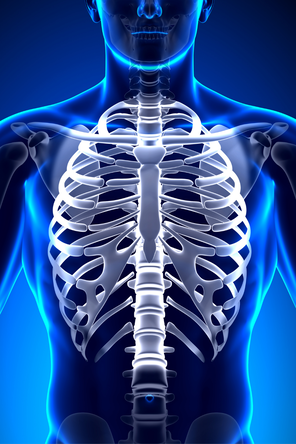
And if they're not comfortable, if the shoulders can't be down, then grab yourself a belt, or maybe the belt off your robe, or that Ace bandage or yoga strap or something, and wrap that around your rib cage instead. If you've got a strap around your ribs, I want you to hold it snug against your ribs but not overly tight, not restrictive.
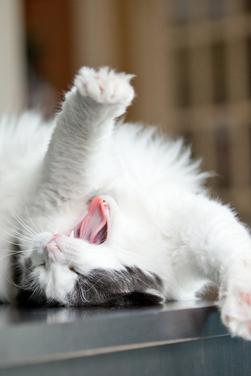
We tend to walk around with the rib cage thrust out forward, I talked about that in last week's episode about that “boobs out belly in” position. A yawn is one of the simplest ways to relax your rib cage back down into alignment, so that your ears, your shoulders, your ribs, and your hips are all stacked on top of each other, instead of that rib cage being thrust forward, of that line. So if you need to you on a couple of times, take a couple of big breaths and just let them out, and the ribs drop and the shoulders drop. 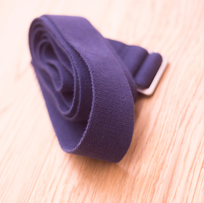
So, when those ribs come back down and stop straining forward, the rib cage gets some flexibility, right there at your spine, which can feel really yummy, but it also might feel really weird in the beginning. So don't go too strong into this. We're not trying to force anything. We're just trying to take nice even breaths, feeling the rib cage, expand. This is a thoracic breath. 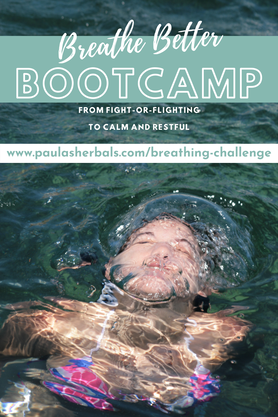 It's going to help take pressure out of your pelvic floor. It's going to help you take a nice deep breath, which leads into all the things you want breath work for: stress, anxiety, mindfulness, lifestyle. If you speak if you play an instrument, if you sing, if you have any manual hobbies, like gardening, like even exercising, being able to take a full breath, super helpful, I promise! This is going to be the breath that we are trying to create, this thoracic breathing, this movement in your rib cage, in the breathing challenge, it's going to start next week. So look out for that on my website, get on my email list if you're not so that you can join the challenge. It is free. It's just a five day challenge teeny tiny steps, couple of minutes every day to just watch a video and listen to me and then practice when you can. It's not going to be a gigantic investment of your time, but it is going to require some concentration and little practices throughout the day, so that at the end of the week, you are breathing better. All of this is going to be super helpful, super important, and it should feel really good. I hope to see you in the challenge! Sign Up Here Listen to the pod 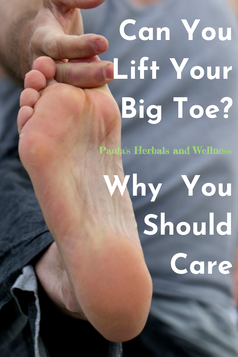 Can you lift your big toe- without using your hands? Why should you care? This is important because tension in your feet is a good indicator of also having tension in your pelvic floor, neither of which is good for us. In my experience, almost all of the aches and pains we deal with are somehow connected to the hips and pelvis. A healthy pelvic region requires a balance of strength and mobility, and VERY often the clients I see don’t have either of these. Simply put, your pelvic floor is the very foundation of how you move- and how you feel when you move. Not having good strength and mobility makes for a messy chain reaction up and down the body, and this is why I’m always working with clients on the feet from day 1, regardless of what else we’re also working on. 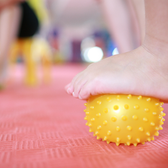 Here’s the fun thing about this connection: the nerves that come out of your spine to innervate your pelvic floor are the same ones that go to your feet! So while it can be difficult to know exactly what is happening in your PF, we can easily see what’s going on in your feet- just take off your shoes and look. Feet give us some information about the PF. If you have enough muscular control to lift your big toe, or even (gasp!) to WAVE all your toes, then you probably have good muscle tone in your PF. On the other hand, if you can’t move your toes independently, then you probably don’t have good control over the PF either. Not only is it simple to begin improving your foot mobility, I recommend you KEEP it simple both because the feet are complex, and because they're used so much in our daily lives. You want to make sure the work you're doing is gentle so it doesn't cause any inflammation or discomfort that can lead to other problems. Start HereStretch your toes by lacing your fingers between them, and by bending them backwards and forwards. Roll a ball under the sole of your foot to start loosening up structures. This can be a tennis or lacrosse ball, a textured ball, or even a rolled up pair of socks.
P.S.- You’ll probably also see some other improvements up and down the chain too. Everything’s connected, after all.
P.P.S.- Want some extra help? I can do that! Sign up for a private session with me. 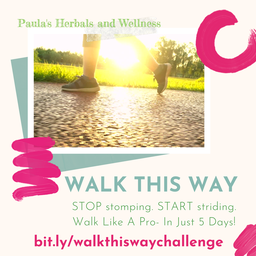 Why am I doing this? Well, I've been hearing from a lot of people that they've been out walking since their gyms and such shut down, but it's not working out so well all the time. Basically what we've done is taken to the sidewalks and park trails the same way we would take off for the printer or the doorbell- hunched, tight, asymmetric, and unaware. Have you also taken to the sidewalks and parks since Coronavirus, using your couch-to-bathroom gait? Are you finding yourself sore, achy, tight, stiff, and uneven? Learn to walk better with me! Walk This Way is a 5 day video challenge, with daily emails to your practices, an online community sharing the #walkthiswaychallenge all over the socials, and the best part: daily worksheets done in my exclusive Graceful Stick Figures style! Ok, I'm not an artist. But you'll "get the picture". (See what I did there??) Each day of the challenge will feature a short, 5-8 minute video with yours truly teaching you a small, easily accessible movement or stretch. We'll wake up your hamstrings, mobilize your feet and hips, realign your neck, and more- all with simple lessons + herbal supports (since you might feel tired and sore- the good kind!) Are you ready to walk like a pro? Click here to sign up: bit.ly/walkthiswaychallenge Calling All Walkers! (Hey that’s funny because my friend’s last name is Walker and that’s not what I meant but Hi!!) By Walkers, I’m really referring to allllll the people who have discovered or doubled down on walking outside as their movement of choice during our Covid shutdowns. Hi everyone! Thanks for inviting me here today. How’s the walking going? At this stage of the meeting we’d share highlights of our favorite routes- seeing trees flower and leaf out all spring, making friends with squirrels and cardinals and in one case a neighborhood llama, discovering magical hidden forest paths and evil poison ivy. (I know it’s not the poison ivy’s fault, it’s just trying to not get eaten, but it does SUCH a good job…shudder) And now we get to the heart of this discussion. How’s the actual walking going? How are your feet, your ankles, your shins, your hamstrings, your hips? How about the low back, shoulders, and neck? Any soreness, tension, unevenness, inflammation, or pain? Mmm, yes, I thought there might be. And yes, I have some ideas for you. But my first one, the baseline suggestion if you will, isn’t going to be as sexy as you might like. Here it is: Pay Attention. 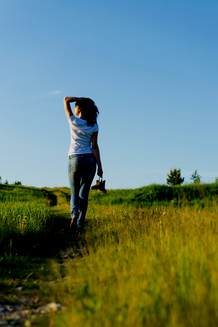 Now, I know you already are paying attention. To your podcasts, to your step count, to your mileage tracker, to your max heart rate percentage number thingy. I’m asking you to pay attention to something even more important- you.
I know- we’re so used to the outside stimulation of our earbuds and our trackers and even our walking partners, and what I’m describing here is essentially a walking meditation. Getting quiet and paying attention to the internal outputs, instead of the external inputs. This is challenging. But try it. Pick a section of your regular route to pause your phone. Spend a few minutes in quiet between songs or episodes. Investigate one new sensation or observation each time you go out. Or. And. Here’s a bigger shift you can try- wear thinner shoes, and see how that feels. Get your individual foot structures moving more. Explore texture, changing surfaces, temperatures, angles and slopes, starting with the pads of your toes. 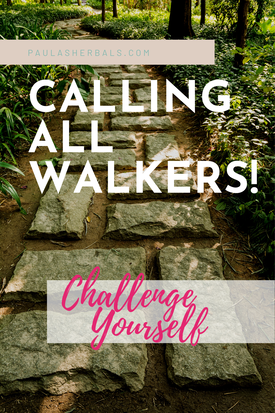 Here’s a list my Pilates clients can say along with me: There are
At least a few of them have been napping on the job, so take it easy- they’ll wake up grumpy, but waking them up is important. Strength, balance, endurance, all come down to your feet. Yes, there are lots of particulars that we can talk about with regard to things like a posterior push off, pelvic tilts, even breathing work, all in pursuit of improving your walking mechanics and thus your whole self. We’ll get to them. But first, we need to know that you’ll even notice those mechanical changes. Let’s see how much you can build your “proprioception”- your sense of yourself moving through space. I challenge you to go for a walk with more attention on your moving body, in thinner shoes, on different surfaces, and see how it feels to you. Comment below or use the #walkthiswaychallenge hashtag to show me something you did differently in your walk today. Don’t miss any of my fitness, wellness, or herbal tips and info- sign up for my email list too! 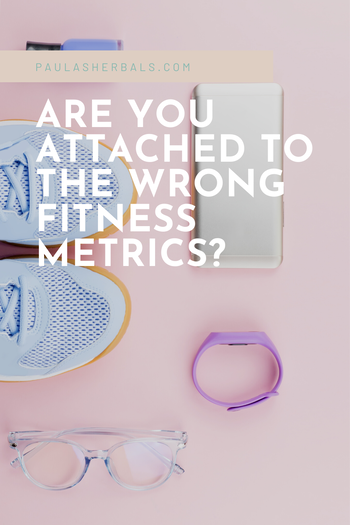 It’s tough to balance how much exercise we’re supposed to be doing to stay healthy, and much we want to or can do. And one of the best ways to make sure we’re on track is with a fitness tracker, right? So I have a confession to make- I gave up my FitBit. I know, it seems counterproductive. Controversy! But here’s the argument I’d like you to consider: I had gotten so attached to the metrics on my FitBit that I stopped paying attention to my own measures of wellness and comfort, and it was doing me more harm than good. The big example I have, the one thing that made me realize just how confused my priorities had become, is my home office situation. If you follow me on Instagram you may remember my video from several weeks back that showed my new set-up- I had rearranged my office so that I now had a floor desk. Ugh, how inconvenient! Sitting on the floor sounds awful, doesn’t it? That’s the idea. If I sit on the floor, not only do I have the opportunity to move my lower body in a variety of ways, I also simply can’t stay in them very long. Floor sitting guarantees me more movement in my day as I shift and stretch and get up more often. I have a small rug, a heavy cushion, and a pair of yoga blocks to give me some texture and elevation options, but it’s mostly about changing what my hips were doing so they didn’t spend hours and hours at a 90 degree angle in a chair all day anymore. Sure enough, my daily mileage went up. I was getting up more, going up and down my stairs more, and generally getting more movement in. I was syncing that little FitBit several times a day, watching with delight as the little circle filled up and feeling virtuous. Here I’d like to mention that since the beginning of this year I’ve also been taking walks at the local park, with hills and a variety of path surfaces and lots of trees. Vitamin Nature, yum. More ≠ Better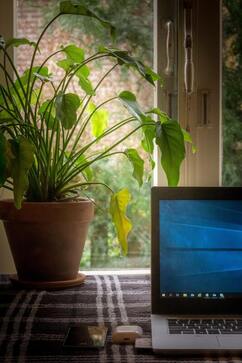 So what’s the problem? Well, the problem was that since I achieved my goal of moving more by changing my office around, I never checked in to assess if “more” made things “better”. I was starting to feel irritated by my setup, and not just because I was on the floor. Then, my FitBit battery ran low, and I realized I had misplaced the charger. OK, no problem, I’ll be fine. I know how many loops at the park make up my walks, I know what my normal office days are like, just keep it up and… who am I kidding. I quit my 6 months of several-times-a-day dopamine hit of validation that I was doing good things habit cold turkey, and that was HARD. But. However. And then. Within just a couple days I had figured it out. Yes I was floor sitting, good girl, but my left side was right up against my old desk and there was nowhere for my legs to stretch out. I had allocated myself this little space and never looked at whether it was a good fit for me. I was only concerned with what the FitBit told me, not with what I was telling me. This week I rearranged my floor office space and gave myself much more space to sit in, and now I love it. And now I love my walks again, too. Instead of feeling the wristband getting sweaty and wondering if it’s counting this as active exercise or am I going too slow and should I do another lap because I didn’t do all my flows this morning… I’m listening to my earbuds and practicing breathing more deeply through my nose and feeling the mulch and the rocks under my feet and smelling the cedar grove I love to visit and watching the creek fall over the old dam. And I feel good. So I’m not arguing that you shouldn’t track your metrics. Go ahead, join the 100 miles a month club! But I am sharing my lesson with you that the metrics aren’t all that, if you’re not actually feeling it and you’re shutting those messages down in favor of the external numbers. Break the Mold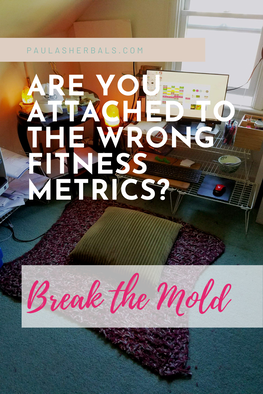 How many times have you said something like:
Maybe the reality is that these things that don’t feel good make them not actually good for you! Maybe you can find other things to do, that help you meet your goal and are also enjoyable and make you feel good, even if they’re not the things you thought you were “supposed to do”. I floor sit. I know someone who does geocaching, someone else who dances while she knits (there’s some life goals right there), and many people who play pickleball instead of using a treadmill, a weight rack, or doing a single jumping jack. The point is, it’s ok to find what works for you, if it’s actually working for you. Just make sure that some of the metrics you’re tracking come from your awareness. Want more? Take my 5 day Walk This Way Challenge showcasing small, doable adjustments and additions to maximize your walks, with daily videos explaining each day's practice, and see for yourself. I’ll be sharing some simple whole-body adjustments and exercises that help strengthen and align everything from your feet to neck, and take pressure off your parts that shouldn’t be working so hard to just take a walk. 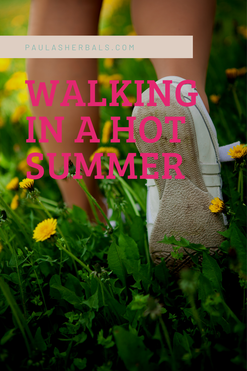 Solstice has come and gone. Here in the northeastern US, summer is setting in and it’s traditionally about time for humidity, sandy toes, sunburn, mosquitos, and garden-fresh tomatoes. This year, of course, there’s extra concerns about avoiding people, breathing through a mask, and doing more to stay well on our own. Walking has become MANY people's activity of choice since our shutdowns, and now that it's summer here the weather can really get in the way. My coach Racheal Cook described her "Thrive List" this week- it's a list of the the things you need in your life to really thrive, and in looking at mine I realized I really do feel better when I move. At the same time, though, I wilt like a piece of spring mix in the heat, so I also made a list of workarounds to stop my objections before they start! These are my goals for daily walking in a Philly summer:
This is totally possible. Totally. Sigh. No really, it’ll be OK if we stick to a couple preparations and plans. Here’s what I'll do, in reverse order: Skip Crowded Areas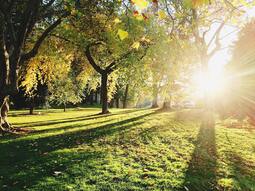 Obvs, this is a given. I have 2 solutions, one expected and one maybe not. First, go really early. Like, dawn. I’ve taken to sleeping with my curtains open so I wake up then anyway, and it really is a magical time. It’s cool and quiet, except for the birds- SO many birds! And then later, after I’ve gotten my day pretty much accomplished, and it’s the hot part of the afternoon and I start wilting (yes I have AC, doesn’t matter!) I can take a lovely nap, maybe even in the hammock. Perfect. . Second, get off the path. My local park has lovely trails in the woods, and for whatever reason people just don’t use them as much. But there’s shade and it’s cool and I love trees, so the whole thing is a win for me. Maximize My Effort
Stay CoolAgain, early. Again, wooded paths. But also, cool herbal teas… so good! Lots of herbs are packed with minerals and other nutrients and they act like electrolyte drinks without the weird dyes and overpowering flavors and ridiculous sweetness. I like things like Nettle and Red Raspberry Leaf mixed with Hibiscus and Lemon Balm and Tulsi (aka Holy Basil). It’s like that old “zingy” tea by that big company that everyone’s had, but so much better.
I have a few gallon glass jars (ask at a deli or restaurant if they have an empty glass pickle jar you can rescue) so I drop in 10-12 tea bags total, or 1-2 handfuls of loose herbs each. I fill it with hot water after dinner and put it in my back porch overnight (no sense heating my kitchen more!) Next 2-4 days, depending, I have a fabulous, tart, mineral-rich iced tea ready to sip all day long. Now it’s your turn. What are your fair-weather goals? What are your tips to meet them? |
Fun Fact: I'm an herbalist and a movement coach. Not a doctor, or a pharmacist, and not pretending to be one on TV.
This is a public space, so my writing reflects my experiences and I try to stay general enough so it might relate to you. This does not constitute medical advice, and I encourage you to discuss concerns with your doctor. Remember, however, that the final say in your wellness decisions are always yours- you have the power to choose, you are the boss of you. And, some of my posts may contain affiliate links. If you make a purchase through them I'll earn a few cents. Thank you for supporting my work. This website is provided for educational and informational purposes only and is not medical, mental health or healthcare advice. The information presented here is not intended to diagnose, treat, heal, cure or prevent any illness, medical condition or mental or emotional condition. Working with us is not a guarantee of any results. Paula Billig owns all copyrights to the materials presented here unless otherwise noted. Categories
All
Archives
July 2021
|
|
info @paulaswellness.com |
DisclaimerThis website is provided for educational and informational purposes only and is not medical, mental health or healthcare advice. The information presented here is not intended to diagnose, treat, heal, cure or prevent any illness, medical condition or mental or emotional condition. Working with us is not a guarantee of any results. Paula Billig owns all copyrights to the materials presented here unless otherwise noted. |

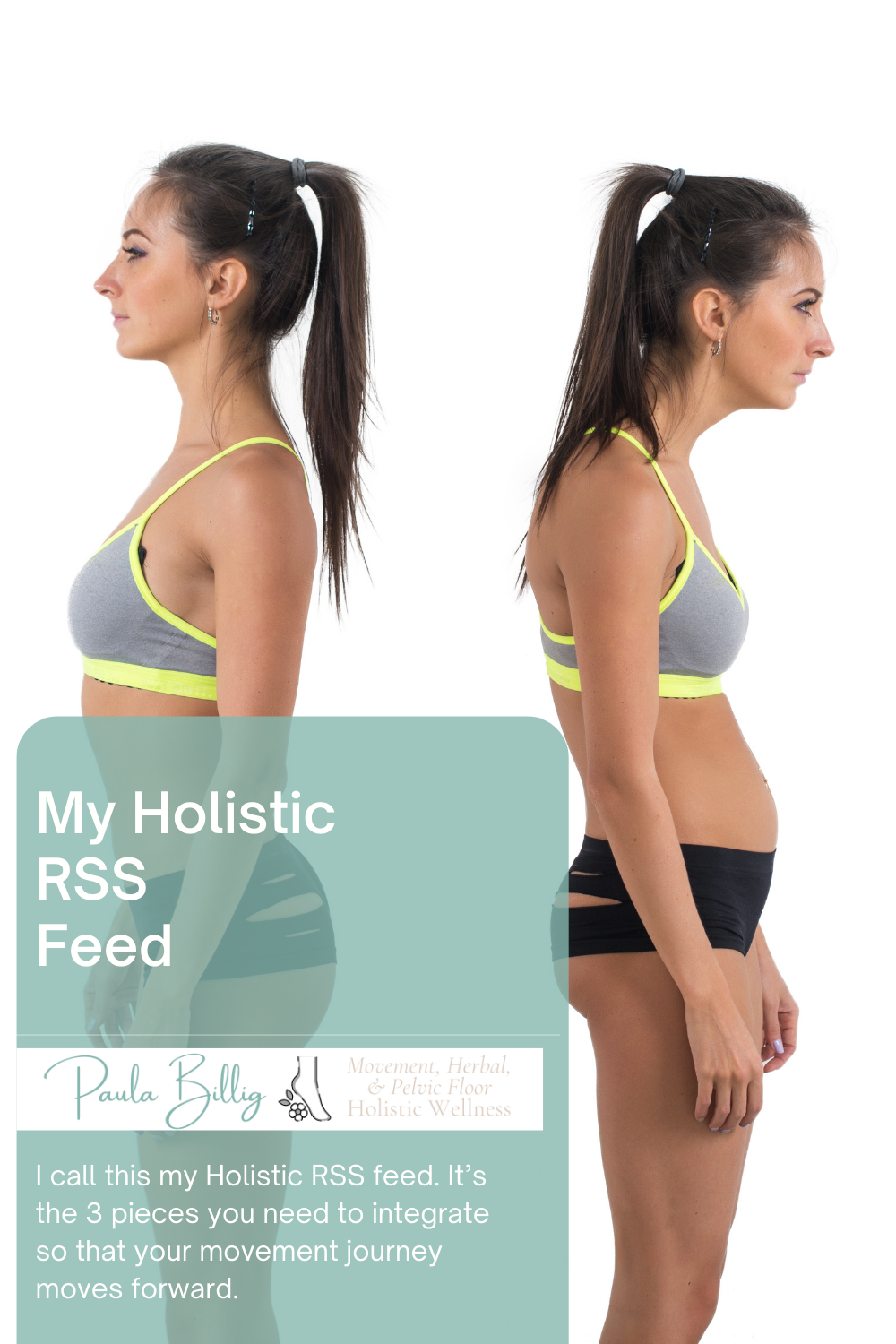
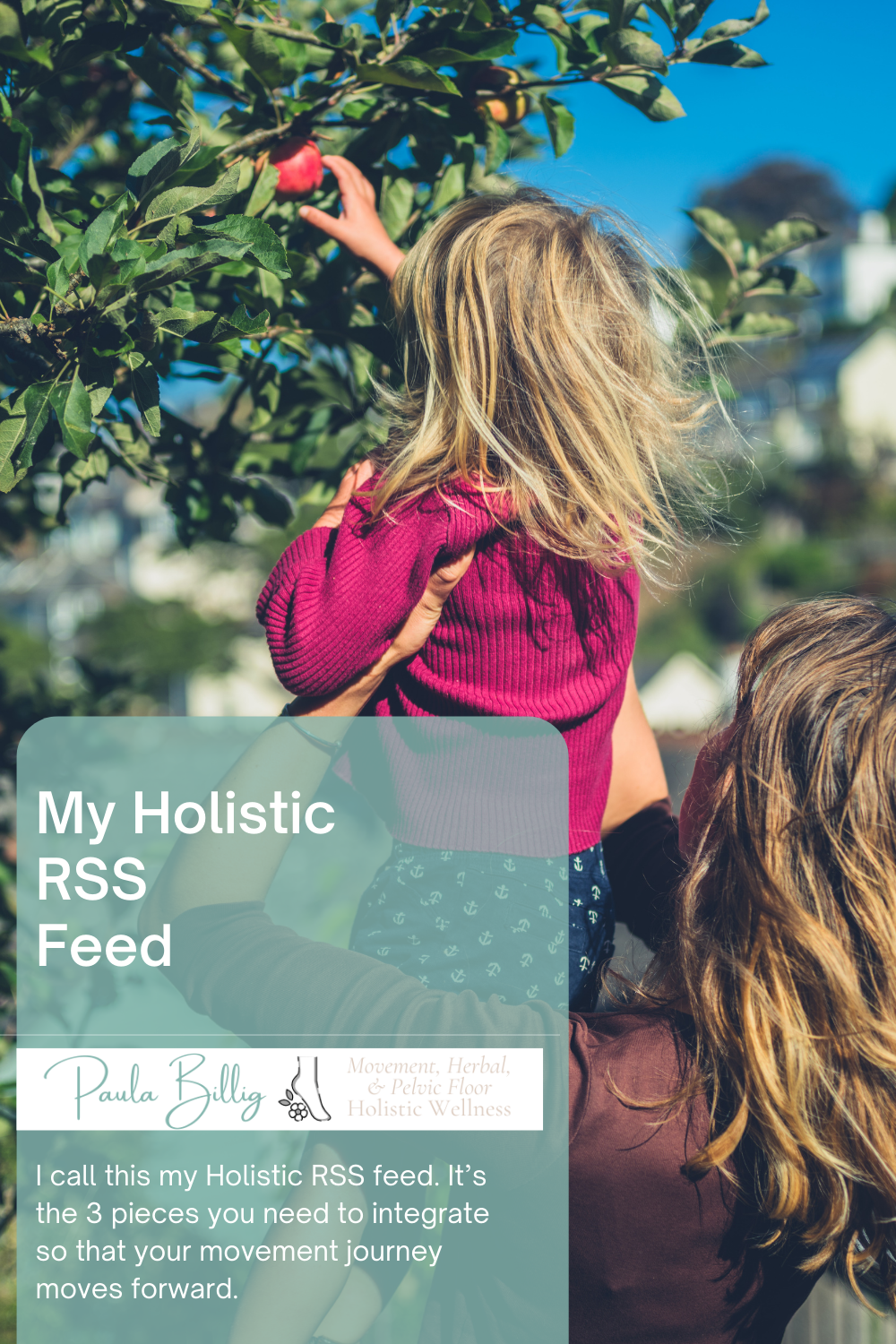
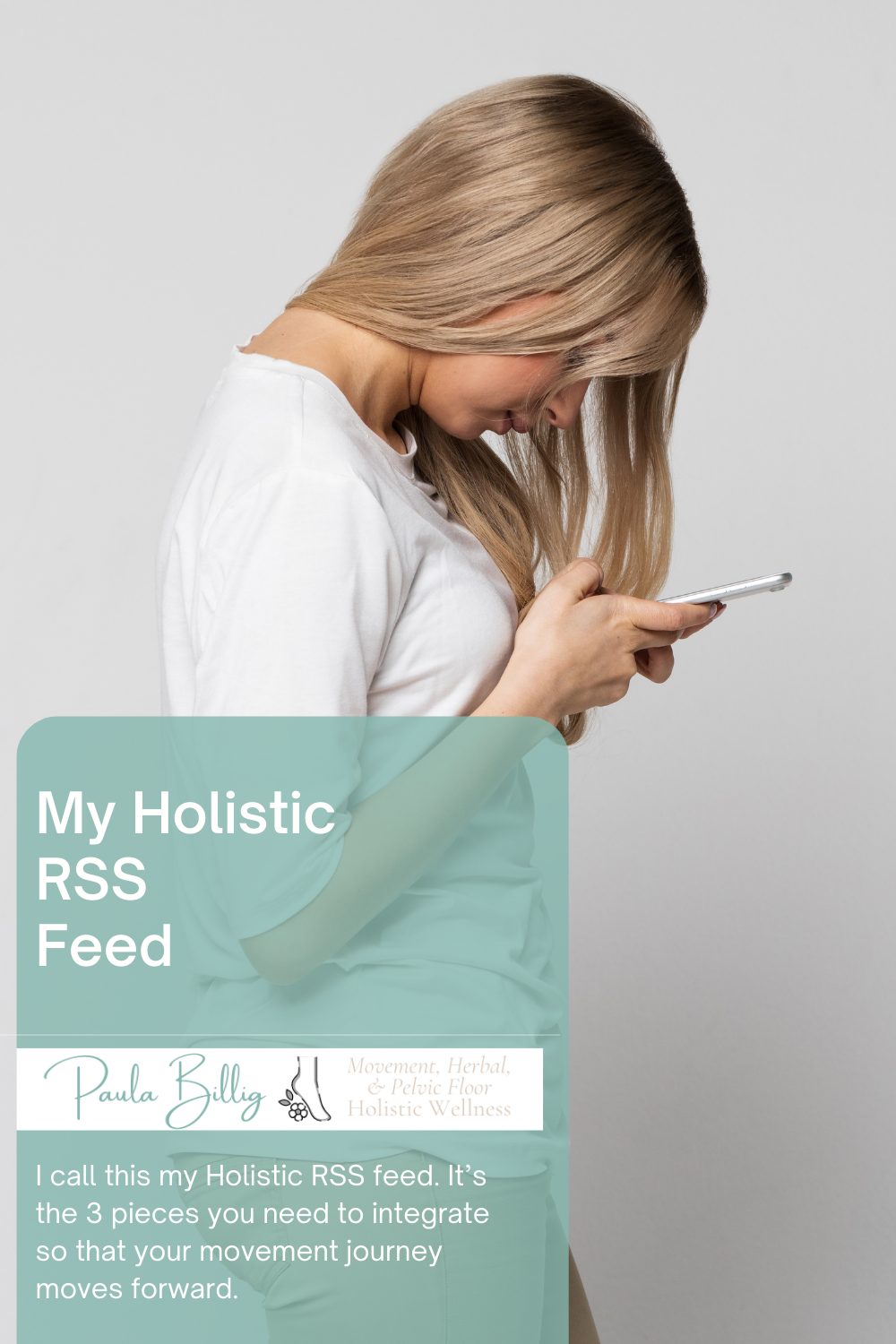
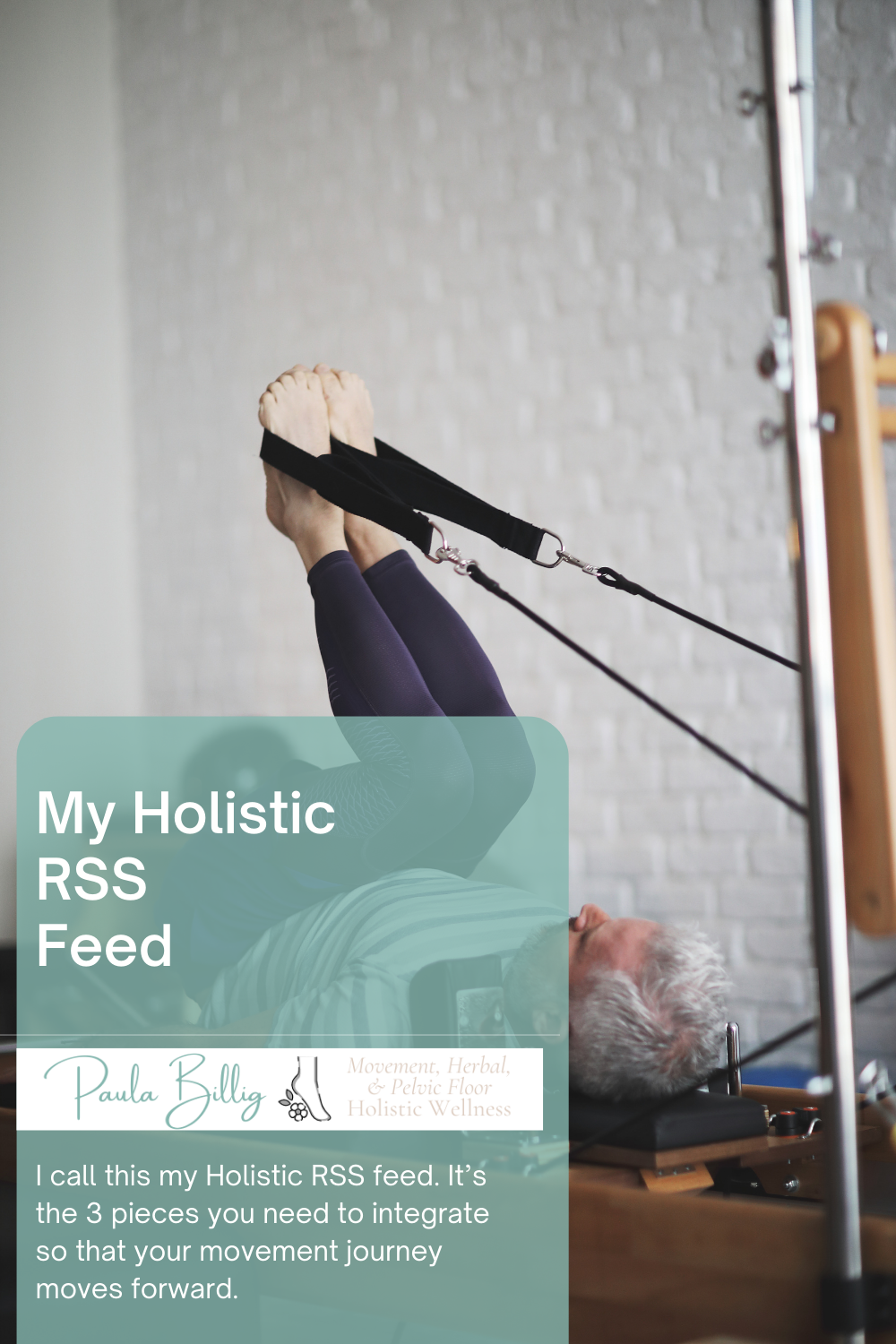
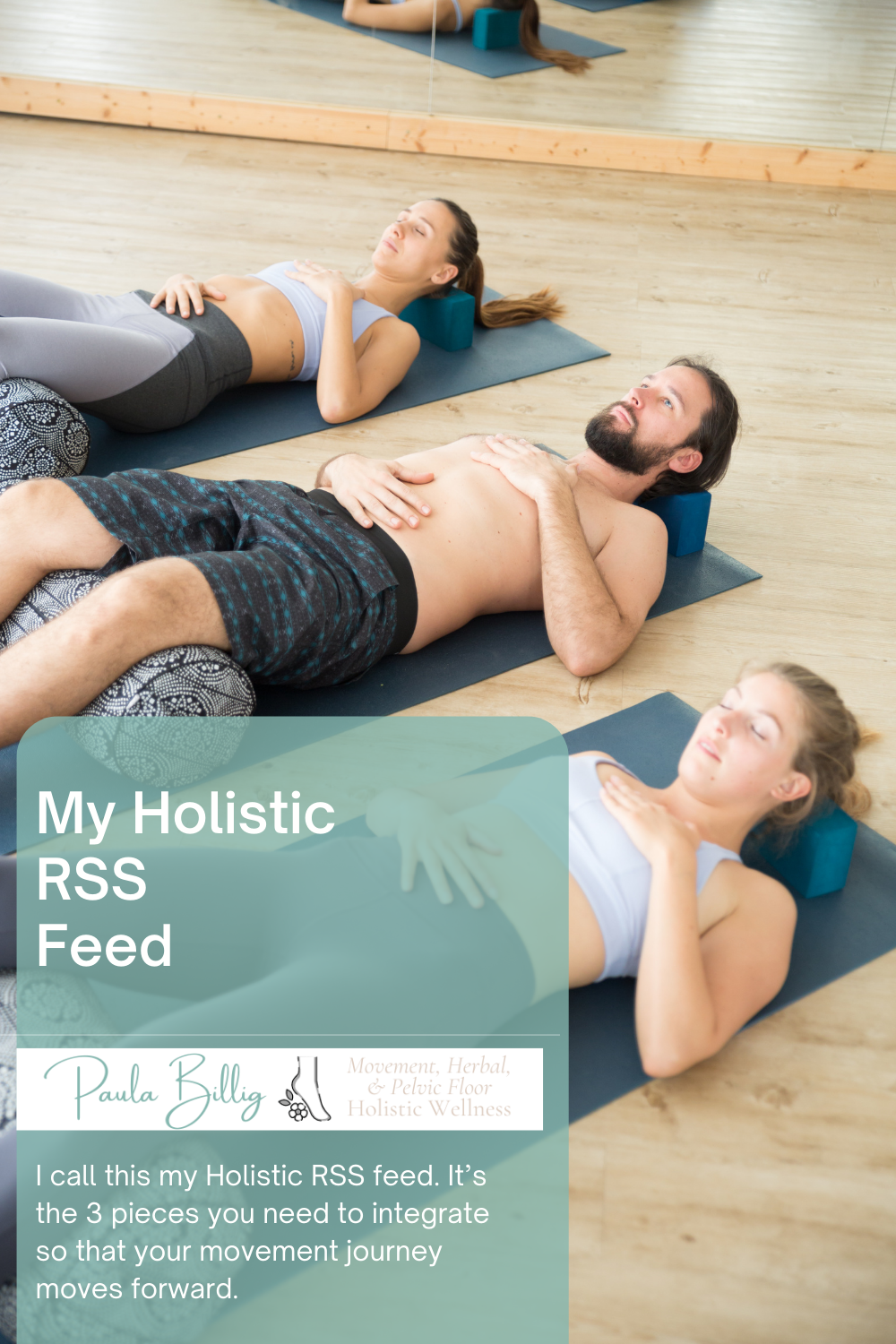
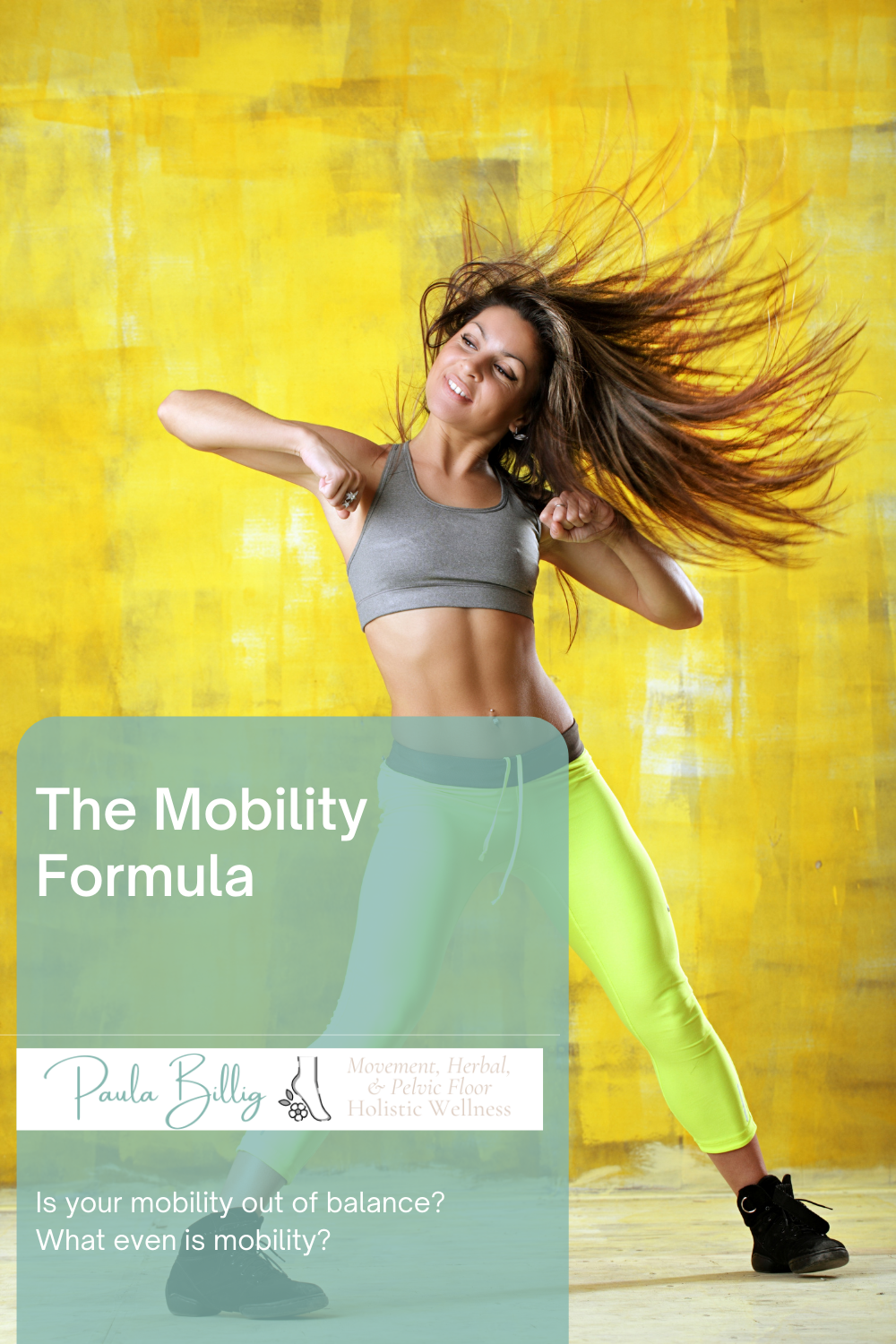
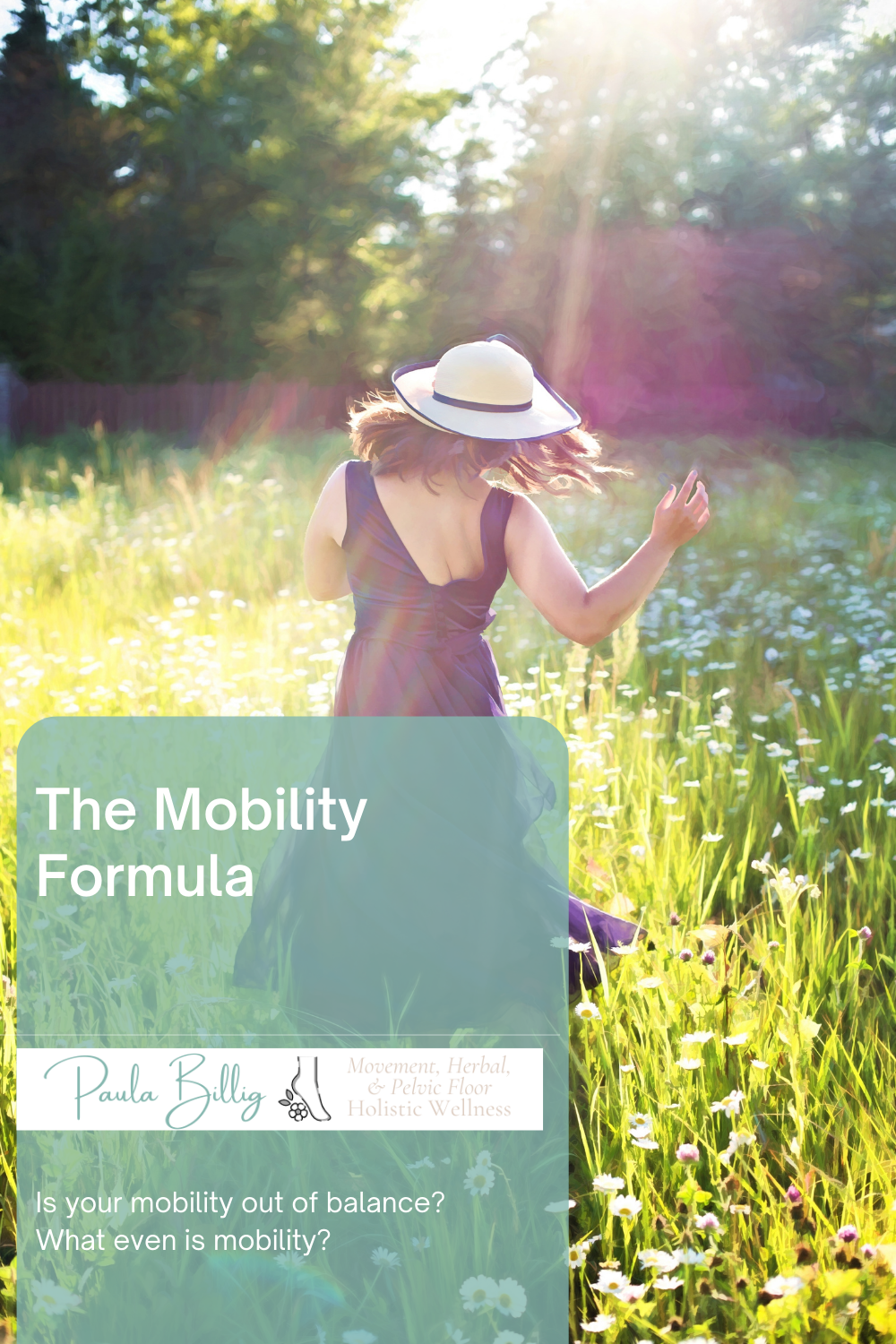
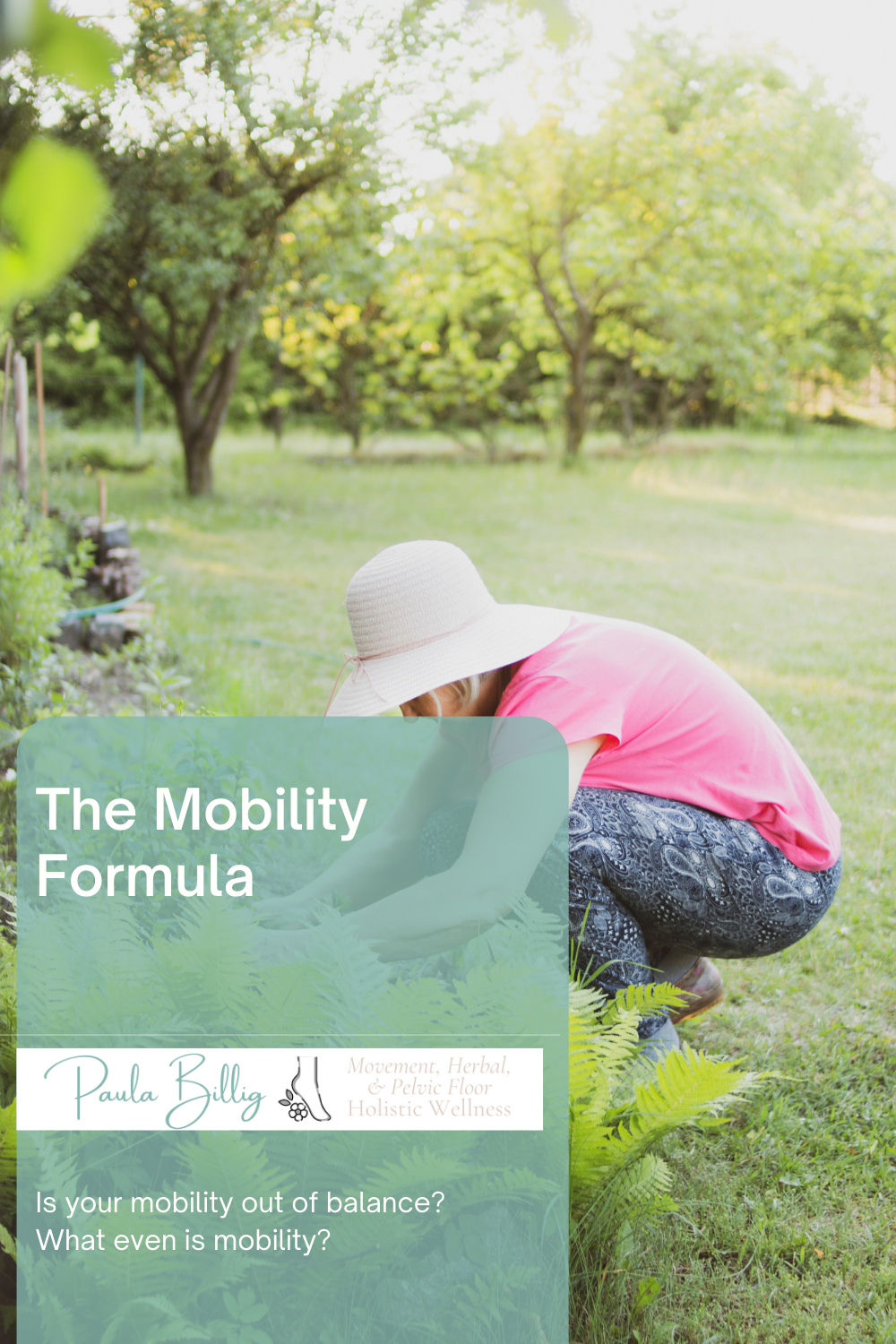
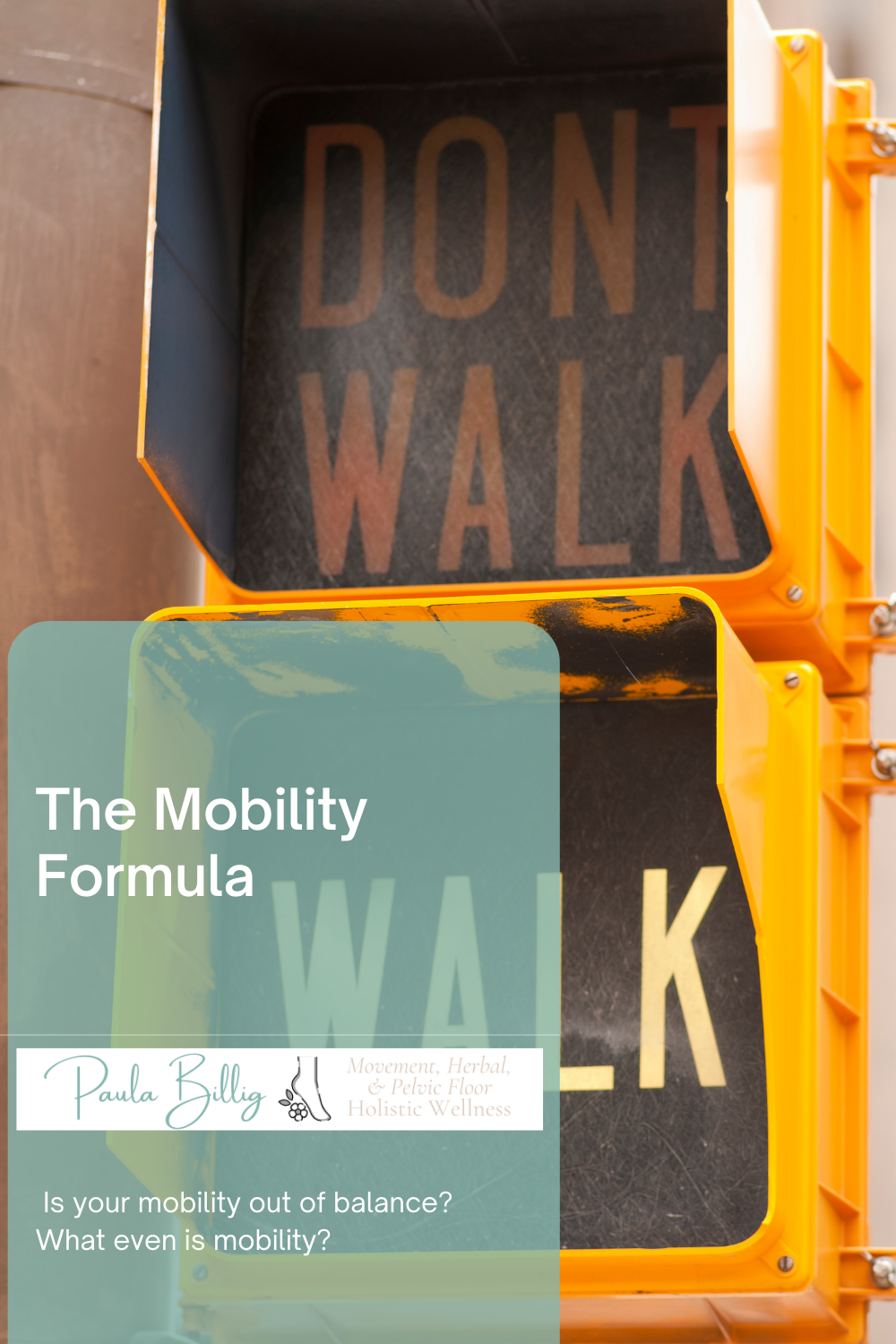
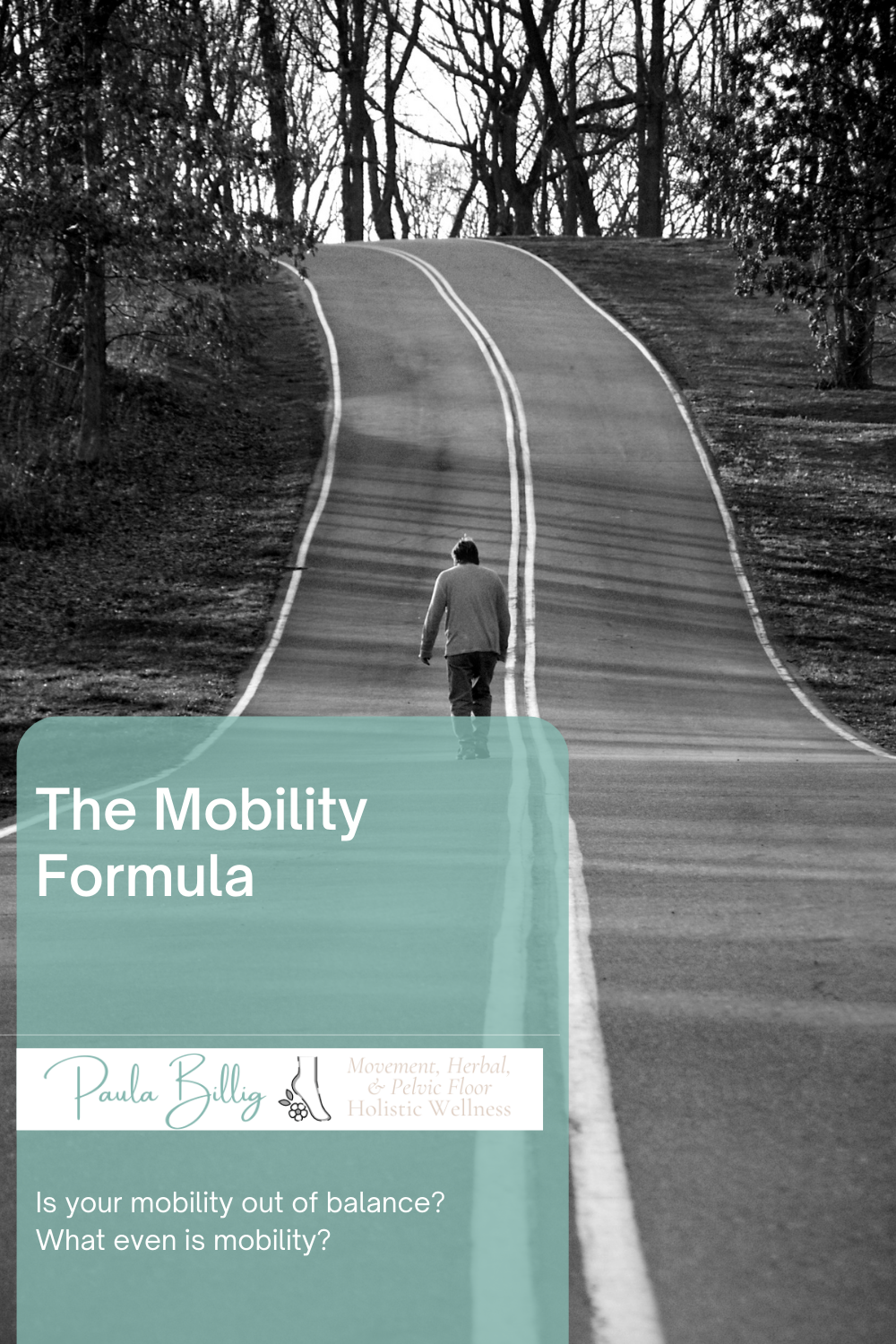
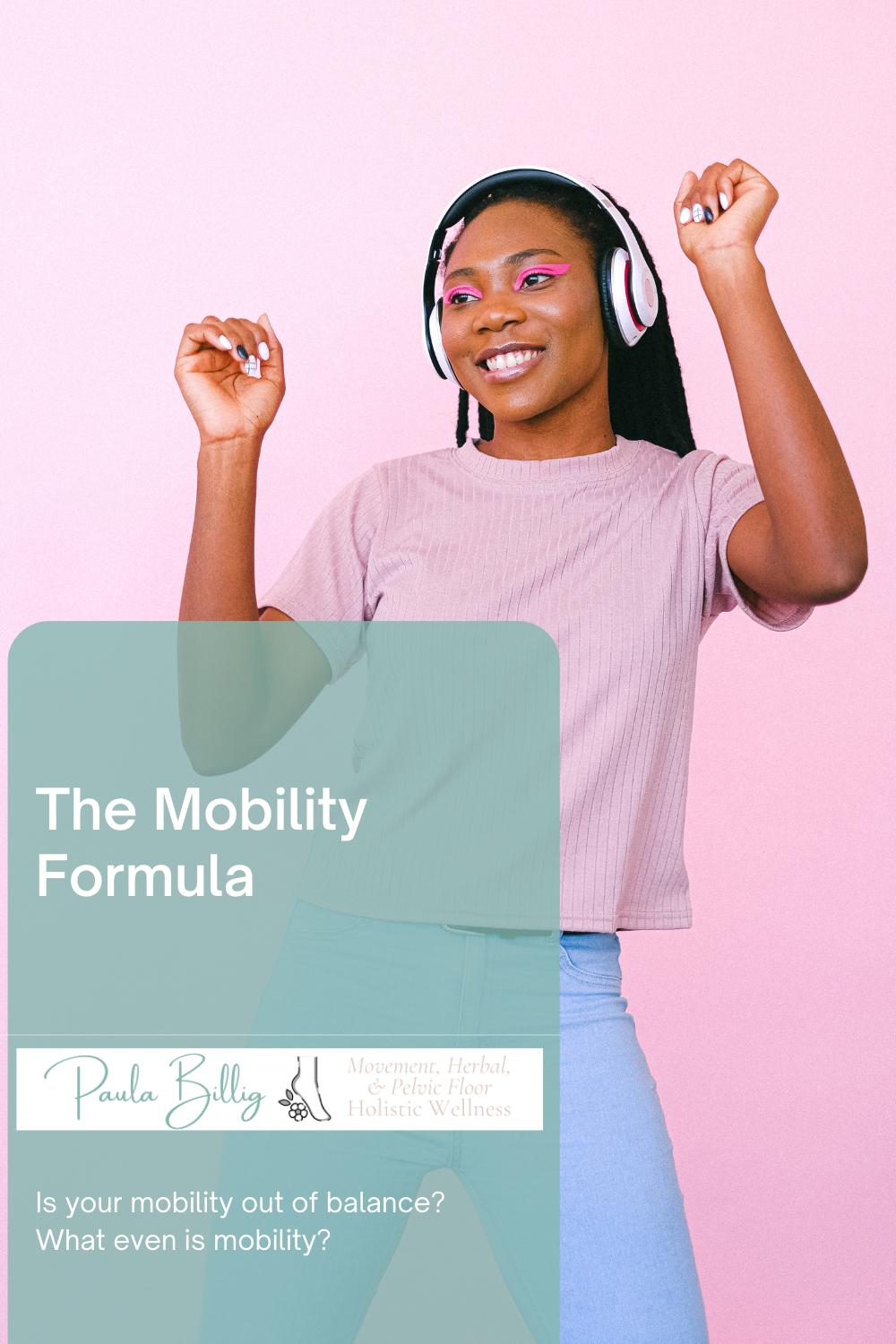
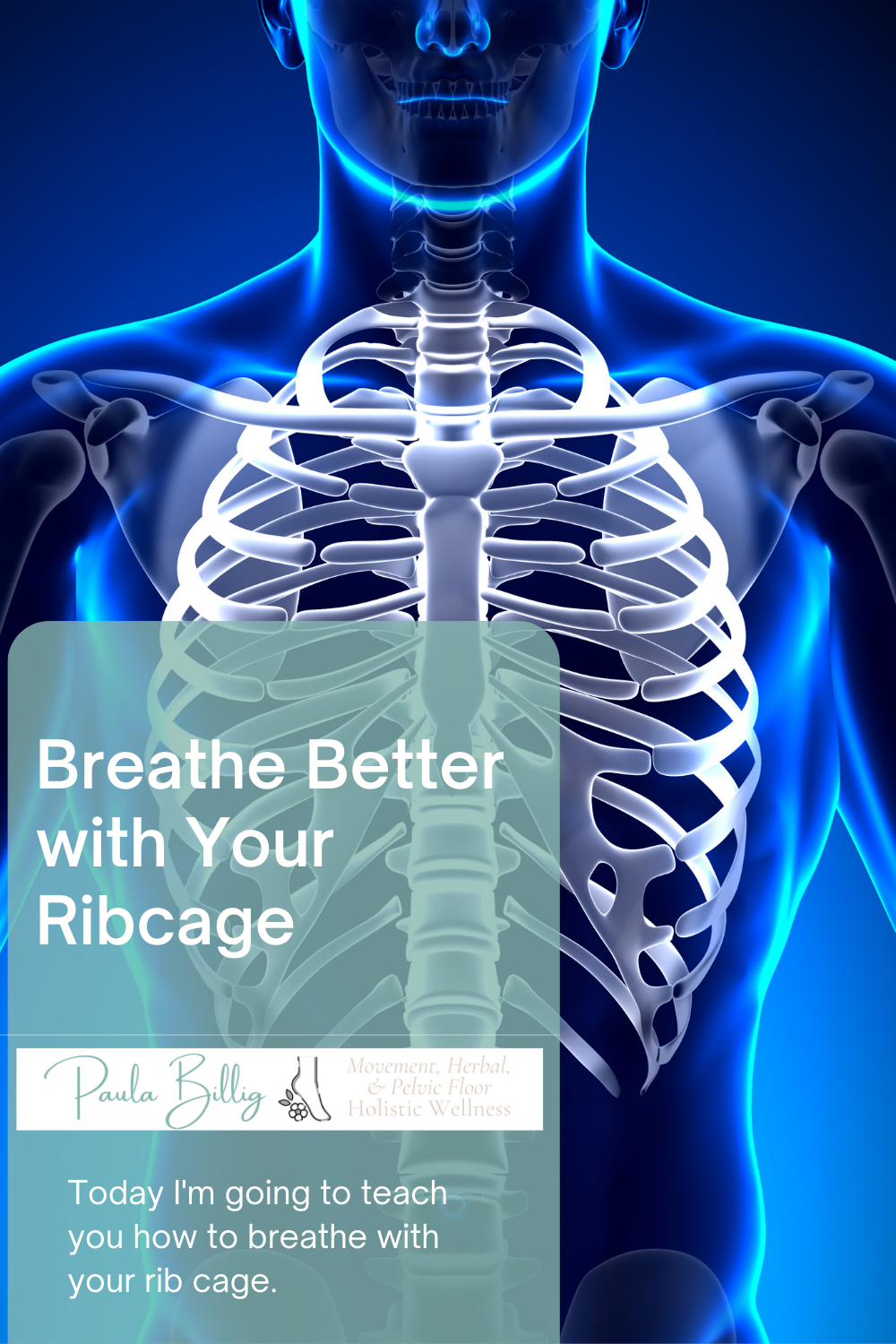
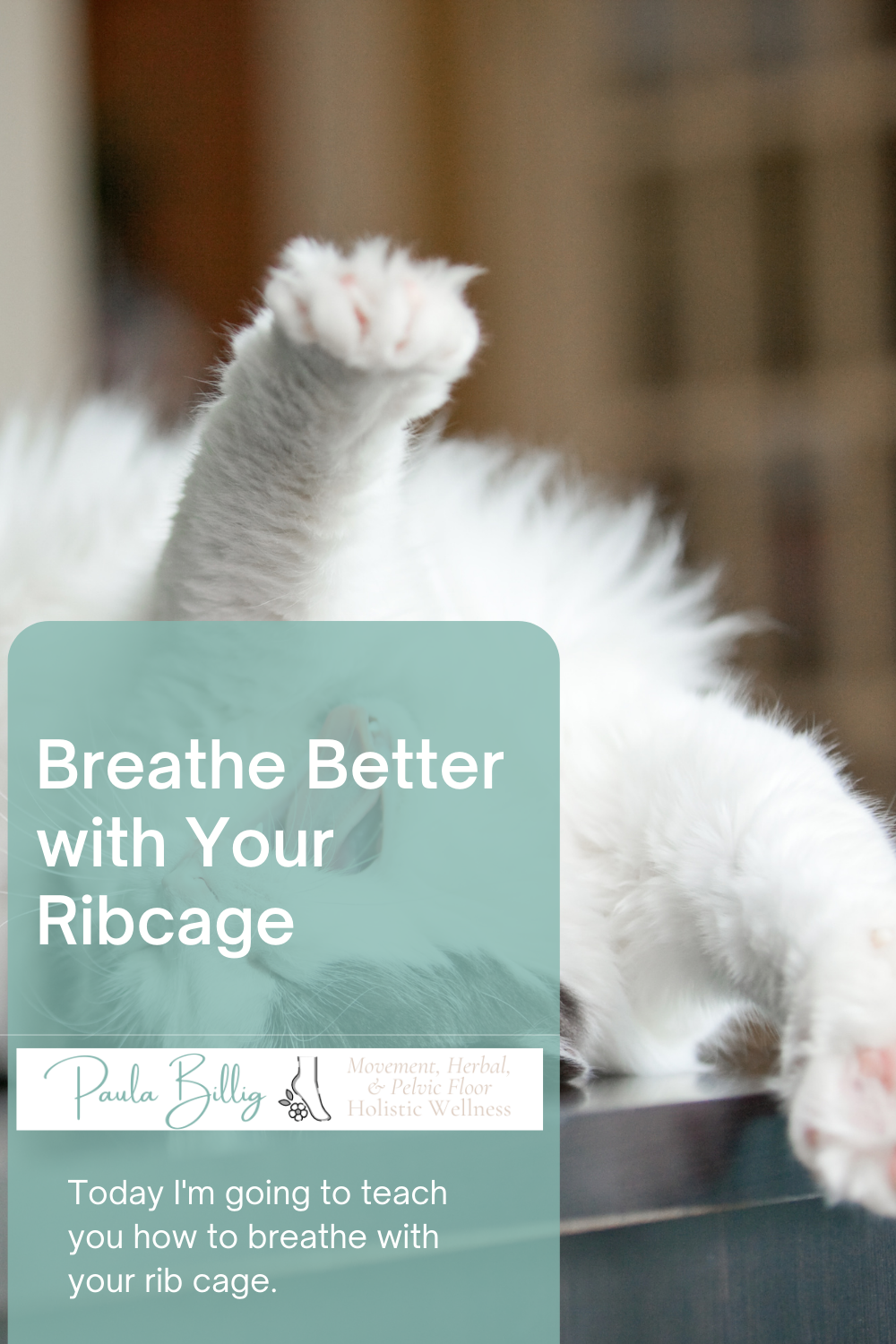
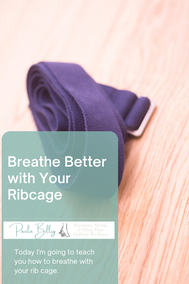
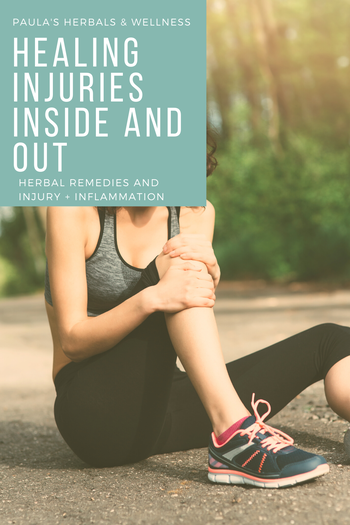
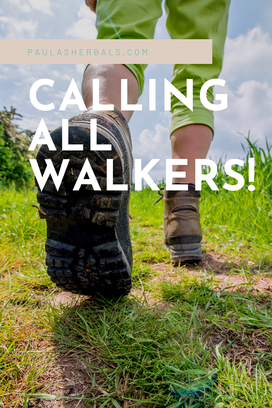

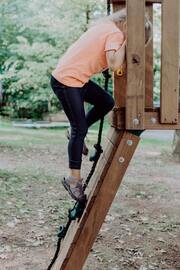


 RSS Feed
RSS Feed

